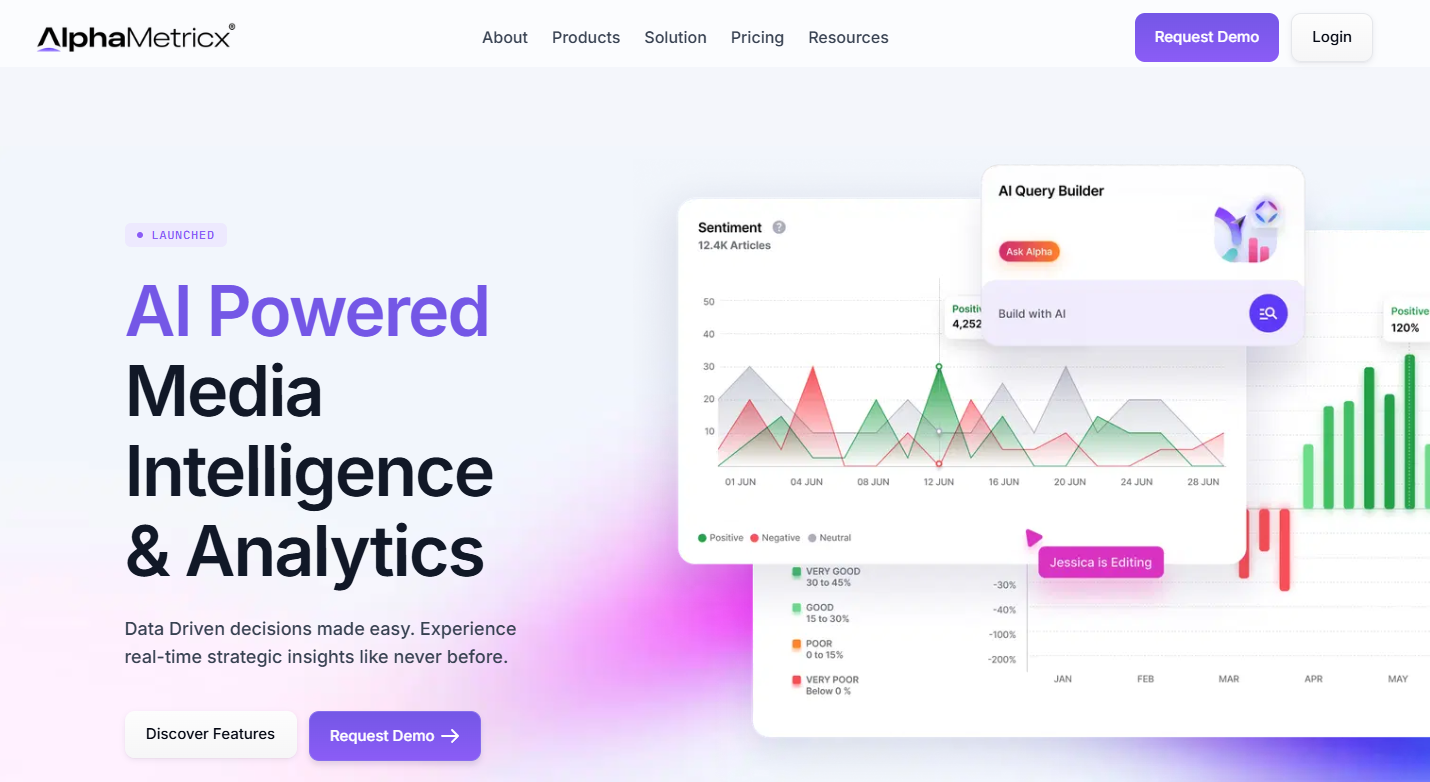“And do you work well with AI?”
As tools such as ChatGPT, Copilot and other generative artificial intelligence (AI) systems become part of everyday workflows, more companies are looking for employees who can answer “yes” to this question. In other words, people who can prompt effectively, think with AI, and use it to boost productivity.
In fact, in a growing number of roles, being “AI fluent” is quickly becoming as important as being proficient in office software once was.
But we’ve all had that moment when we’ve asked an AI chatbot a question and received what feels like the most generic, surface level answer. The problem isn’t the AI – you just haven’t given it enough to work with.
Think of it this way. During training, the AI will have “read” virtually everything on the internet. But because it makes predictions, it will give you the most probable, most common response. Without specific guidance, it’s like walking into a restaurant and asking for something good. You’ll likely get the chicken.
Your solution lies in understanding that AI systems excel at adapting to context, but you have to provide it. So how exactly do you do that?
Crafting better prompts
You may have heard the term “prompt engineering”. It might sound like you need to design some kind of technical script to get results.
But today’s chatbots are great at human conversation. The format of your prompt is not that important. The content is.
To get the most out of your AI conversations, it’s important that you convey a few basics about what you want, and how you want it. Our approach follows the acronym CATS – context, angle, task and style.
Context means providing the setting and background information the AI needs. Instead of asking “How do I write a proposal?” try “I’m a nonprofit director writing a grant proposal to a foundation that funds environmental education programs for urban schools”. Upload relevant documents, explain your constraints, and describe your specific situation.
Angle (or attitude) leverages AI’s strength in role-playing and perspective-taking. Rather than getting a neutral response, specify the attitude you want. For example, “Act as a critical peer reviewer and identify weaknesses in my argument” or “Take the perspective of a supportive mentor helping me improve this draft”.
Task is specifically about what you actually want the AI to do. “Help me with my presentation” is vague. But “Give me three ways to make my opening slide more engaging for an audience of small business owners” is actionable.
Style harnesses AI’s ability to adapt to different formats and audiences. Specify whether you want a formal report, a casual email, bullet points for executives, or an explanation suitable for teenagers. Tell the AI what voice you want to use – for example, a formal academic style, technical, engaging or conversational.

Context is everything
Besides crafting a clear, effective prompt, you can also focus on managing the surrounding information – that is to say on “context engineering”. Context engineering refers to everything that surrounds the prompt.
That means thinking about the environment and information the AI has access to: its memory function, instructions leading up to the task, prior conversation history, documents you upload, or examples of what good output looks like.
You should think about prompting as a conversation. If you’re not happy with the first response, push for more, ask for changes, or provide more clarifying information.
Content from our partners
Don’t expect the AI to give a ready-made response. Instead, use it to trigger your own thinking. If you feel the AI has produced a lot of good material but you get stuck, copy the best parts into a fresh session and ask it to summarise and continue from there.
Keeping your wits
A word of caution though. Don’t get seduced by the human-like conversation abilities of these chatbots.
Always retain your professional distance and remind yourself that you are the only thinking part in this relationship. And always make sure to check the accuracy of anything an AI produces – errors are increasingly common.
AI systems are remarkably capable, but they need you – and human intelligence – to bridge the gap between their vast generic knowledge and your particular situation. Give them enough context to work with, and they might surprise you with how helpful they can be.
Sandra Peter, Director of Sydney Executive Plus, Business School, University of Sydney
Kai Riemer, Professor of Information Technology and Organisation, University of Sydney
This article is republished from The Conversation under a Creative Commons license. Read the original article.












